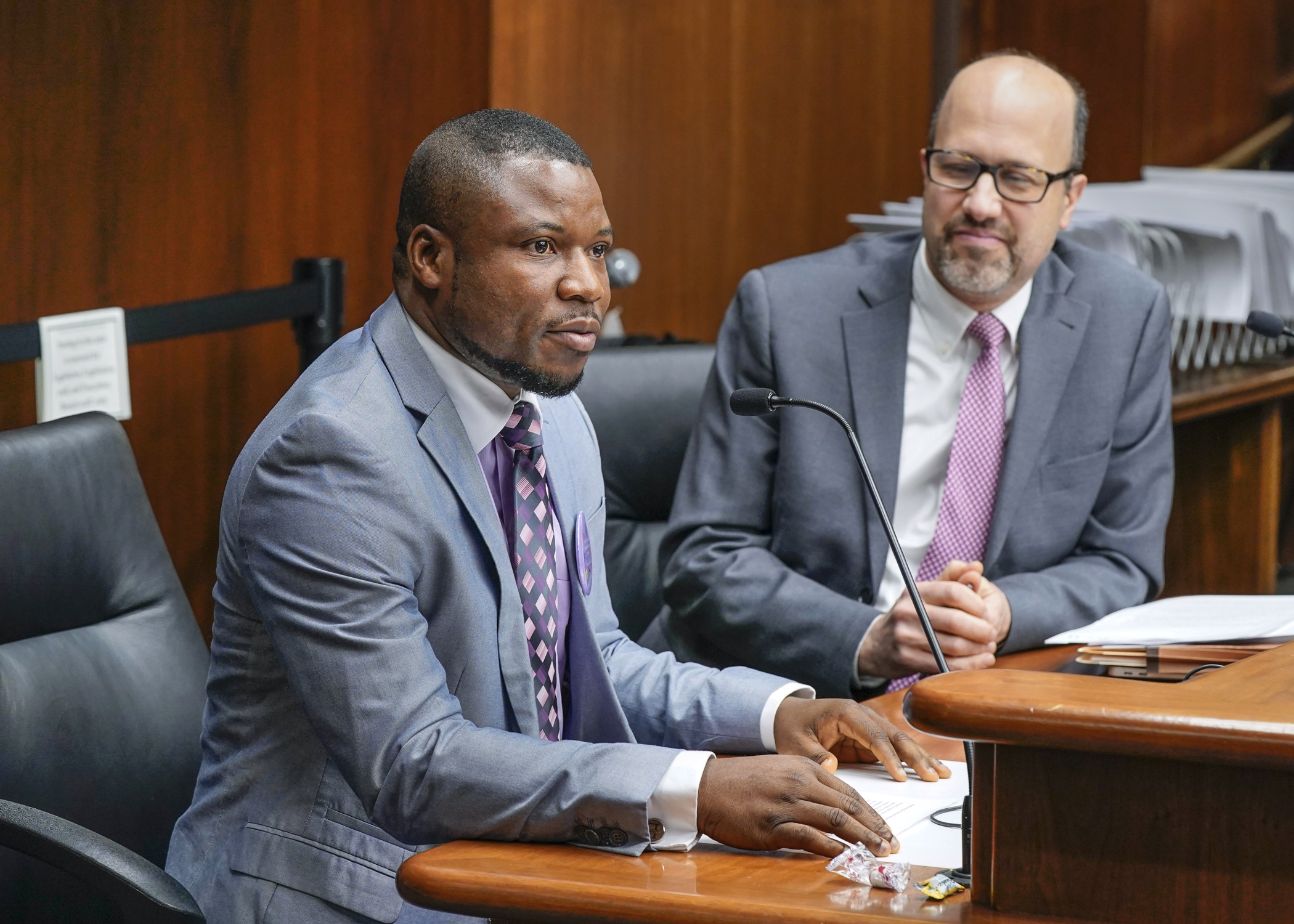Bill proposes reimbursement boost for child care providers in state assistance program

Imagine filling a grocery cart with high quality, nutritious food and then, when the cashier asks you to pay, responding, “Thanks, I will pay 30% of the market rate for this cart of groceries.”
That example was used by a testifier before the House Children and Families Finance and Policy Committee Thursday, as members considered HF13. It would raise reimbursement rates for providers in the Child Care Assistance Program, which helps eligible low-income families afford child care while parents are working or in school.
Sponsored by Rep. Dave Pinto (DFL-St. Paul), the committee chair, the bill was approved, as amended, on a split-voice vote and referred to the House Ways and Means Committee.
“It is important that we begin to recognize how critical this sector is for our economy,” Pinto said. “Not only now for parents and employers but also in the long run for the benefit of kids as well.”
The program is supervised by the state, administered by counties and tribes, and paid for with a combination of federal, state and local funds.
The maximum amount participating child care providers can receive is based on a rate survey of Minnesota’s licensed providers that is statutorily required from the Department of Human Services every three years.
As the nonpartisan House Research Department summary of the bill explains: “Under current law, the maximum CCAP rates are set at the 40th percentile of the 2021 child care provider rate survey for infants and toddlers and the 30th percentile of the 2021 survey for preschool and school-age children.”
The bill would raise the maximum reimbursement for all eligible children to 75% of the “most recent” survey which could mean more money for providers now, and in the future, as the rate would automatically update every three years going forward.
Only a handful of states currently have lower reimbursement rates than Minnesota.
Several Republicans voiced concerns about the program stemming from a 2019 report by the Office of the Legislative Auditor that found it lacked oversight and fraud was more pervasive than what prosecutors could prove.
“What I’m concerned about here is that we’re going to turn up the spigot in terms of funding, we’re going to automatically renew it every three years … and we have not been able to even identify the exact amount of fraud that took place five years ago,” said Rep. Walter Hudson (R-Albertville).
Pinto answered that a number of safeguards to prevent fraud have since been put in place.
Related Articles
Search Session Daily
Advanced Search OptionsPriority Dailies
Speaker Emerita Melissa Hortman, husband killed in attack
By HPIS Staff House Speaker Emerita Melissa Hortman (DFL-Brooklyn Park) and her husband, Mark, were fatally shot in their home early Saturday morning.
Gov. Tim Walz announced the news dur...
House Speaker Emerita Melissa Hortman (DFL-Brooklyn Park) and her husband, Mark, were fatally shot in their home early Saturday morning.
Gov. Tim Walz announced the news dur...
Lawmakers deliver budget bills to governor's desk in one-day special session
By Mike Cook About that talk of needing all 21 hours left in a legislative day to complete a special session?
House members were more than up to the challenge Monday. Beginning at 10 a.m...
About that talk of needing all 21 hours left in a legislative day to complete a special session?
House members were more than up to the challenge Monday. Beginning at 10 a.m...